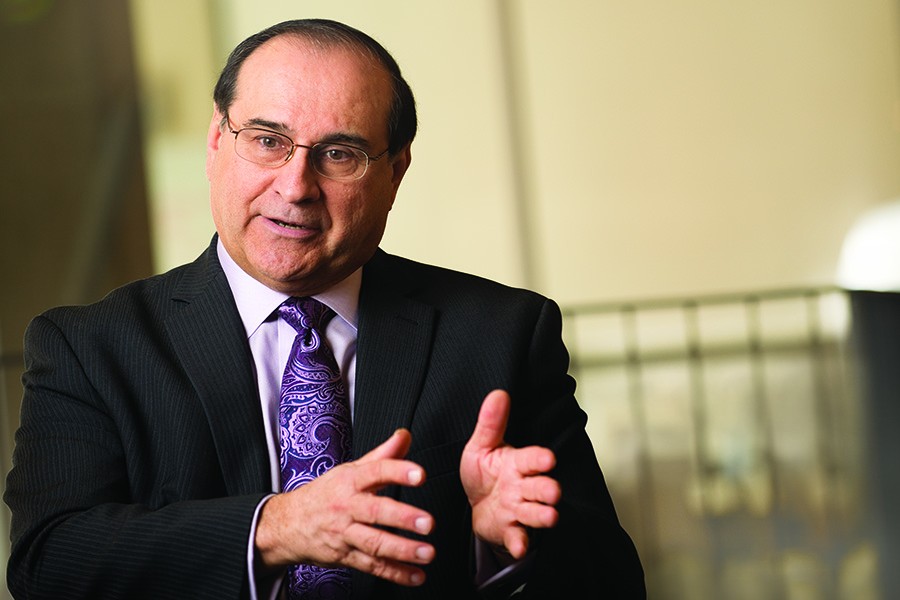1. What's at the top of your to-do list?
Finding ways to attract and train new talent and incentivize our employees so we can keep up a high level of faculty service through a substantial increase in disclosure and licensing activity. Our office is among the best in the nation, but we won't stay there if we can't hire the best people and keep them at our institution in sufficient numbers to effectively handle the volume.
2. What keeps you up at night?
Making sure we are proactive, not reactive, in the rapidly changing environment. The development of biomedical treatments and devices is increasingly done in smaller companies. Finding those companies, many of which are startups, requires much more effort and activity than simply waiting for "big pharma" to call. Also, the new Leahy-Smith America Invents Act, legislation that caused our office to rethink and reorganize how we manage patenting.
3. What's in store 10 years from now?
Technology transfer will be more integrated with the business advancement of the university; more and more federal agencies are requiring commercialization plans to be part of grant requests. Investors give money to people, not technology, so much of what we do involves promoting the know-how, knowledge, and skill of our faculty and staff, which can have not only tremendous social benefit but economic impact as well.
4. Tell me something I don't know about Johns Hopkins.
Some of the most important inventions of the last 100 years came from Johns Hopkins. Vitamin D and its relationship to rickets, CPR, Heparin, defibrillators, to name a few, all started at or were developed at Johns Hopkins. Restriction enzymes, the basis of modern molecular biology, were discovered here. All of these inventions were released into the public domain.
Posted in University News








